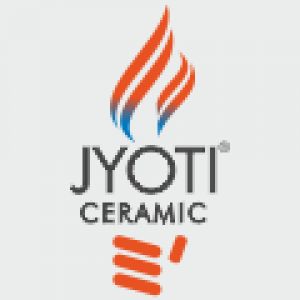Steatite Ceramic Grinding MediaPosted by JyotiCeramic on June 10th, 2021 Steatite is a magnesium meta silicate composite formulated from selected quality soapstone, china clay, barium carbonate and other chemicals in its residual. The raw mix composite is wet milled to micro fine particle size. The composite slurry is spray dried in micro processor controlled spray dryer to form homogeneous free flowing spherical granules. Such granules are pressed at high pressure compaction in T.C. moulding tools in uniaxial or isostatic automatic compacting presses. The pressed mill lining blocks and grinding media are sintered at around 1350°C in gas fired high temperature kilns in natural oxidising atmosphere to form an impervious, vitrified, tough, non porous, dense hard material. Due to its mechanical strength and other relative features steatite ceramic is found most suitable ceramic composite for ball mill linings and grinding media. The true value of mill lining and grinding media is measured by length of trouble free service in relation to mill production output. Our steatite ceramic grinding Balls are well known for its excellent quality, optimum milling results and long service life. Jyoti Ceramic’s Steatite grade HF 82 Ceramic composite corresponds to German Steatite ceramic grade KER 221. It is a low loss, alkali free, tough, hard and dense ceramic. Steatite Ceramic tapered & flat mill lining bricksSteatite ceramic mill lining bricks protect the steel ball mill shell & provide high purity grinding. They come with a tongue & groove design to form an interlocking pattern during installation. This ensures bricks are fixed firmly in a mill shell and in end flanges with a minimum quantity of fixing adhesive / cement. Interlock fixing of bricks prevent them from giving way from installation, chipping off and spalling off edges. Steatite mill lining bricks are available in a wide range of sizes and thickness to suit small and large size ball mills. Steatite ceramic balls and mill lining bricks are manufactured from the same fine-grained composite and are ideal performance partner. Thus, they retain their shape better and last longer than flint / river pebbles, natural stones, porcelain etc. Due to their higher density, hardness, toughness and a higher degree of sphericity, Steatite ceramic grinding media saves over 20-25% milling time than river pebbles. (Steatite ceramic grinding media generate low heat in the milling process, They are ideal for milling where radiantes are sensitive to temperature, such as paints, phosphorous material, chemical solvents etc.) Advantages of Steatite Ceramic Grinding Media
Steatite Ceramic spherical & cylindrical grinding media for various types of mills.Ball mills : Ball mills are the most commonly used mills to accomplish particle size reduction. A revolving vessel, the ‘drum’, lined with ceramic bricks contains grinding media and the raw material to be ground. Ball mills are classified into :- Batch type & Continuous type : Batch type ball mills are versatile and most widely used. Particle size reduction takes place by impact on the material with the tumbling grinding media and by abrasion between the media and the mill wall. Recommended size are:
|


